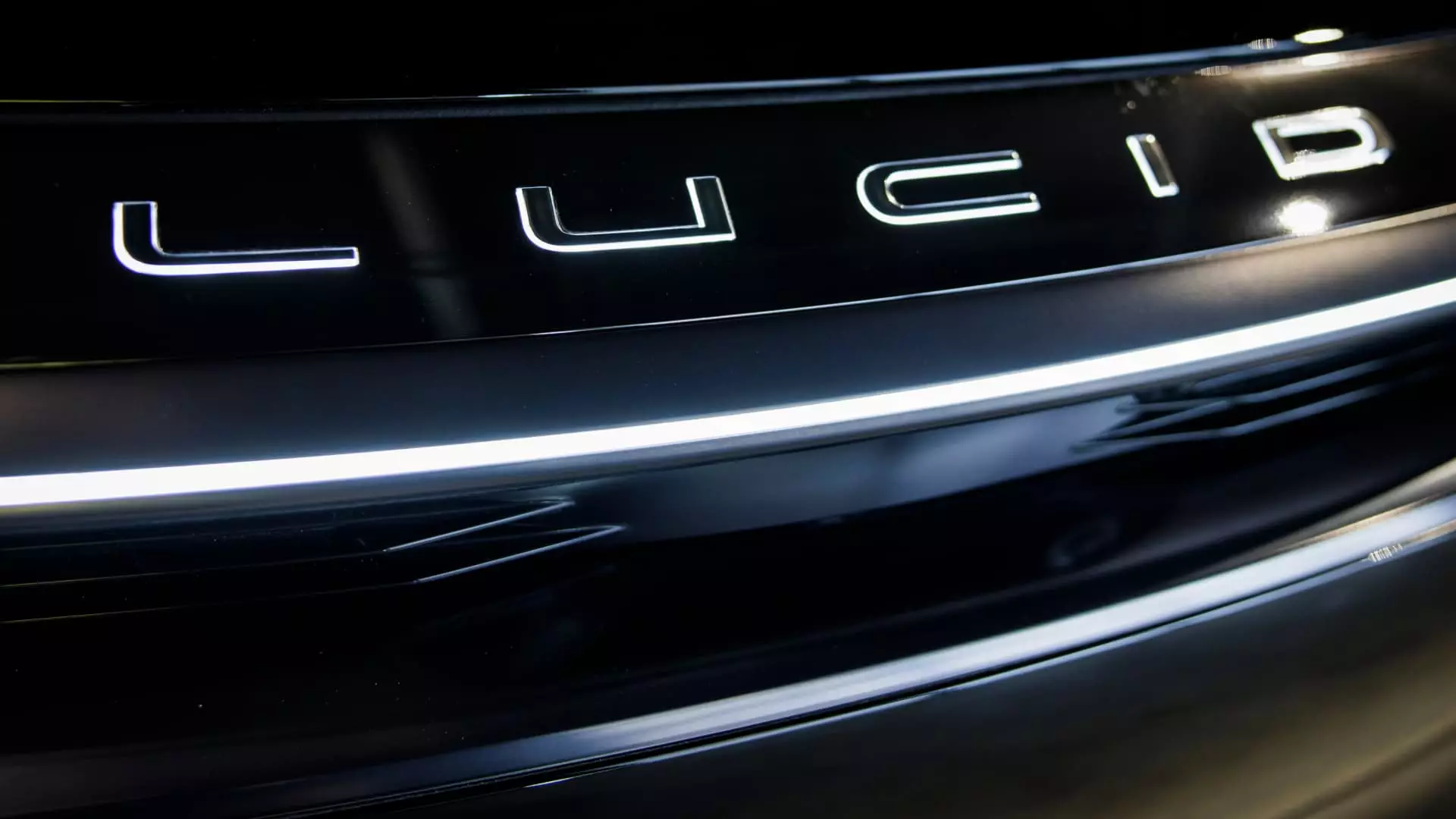Lucid Group’s recent financial disclosures paint a sobering picture of a company struggling to live up to its lofty promises. Despite months of hype surrounding its innovative electric vehicles, the reality is that Lucid’s production and sales figures fall short of expectations. The company has had to backtrack on its initial target of manufacturing 20,000 vehicles this year, now merely aiming for a range between 18,000 and 20,000 units. Such a reduction isn’t a minor recalibration; it signals underlying issues that threaten the company’s long-term ambitions. The interim CEO’s statement about “surprises within the year” reeks of a candid acknowledgment of miscalculations and unforeseen obstacles, revealing how fragile strategic plans can be when built on overly optimistic assumptions.
This downward revision is symptomatic of a broader problem with the industry’s hype-driven narrative—an assumption that technological innovation alone guarantees a market revolution. Lucid’s experience underscores that even as the startup aggressively markets its luxury EVs, it is vulnerable to the serious realities of supply chain constraints, consumer demand fluctuations, and the economic landscape that influences purchasing decisions. The projection cut also raises the fundamental question: how sustainable is Lucid’s growth trajectory when even their own leadership appears unable to confidently predict outcomes?
Price and Demand: The Stark Reality of Market Favorability
At the core of Lucid’s financial woes lies a stark demand mismatch. While the company reported modest 38.2% growth in vehicle deliveries in the second quarter, these numbers still lag behind Wall Street’s expectations. This discrepancy echoes a troubling trend—demand for high-end, premium electric vehicles remains lukewarm, especially amidst a broader shift favoring more affordable hybrid options. Consumers are increasingly weight-conscious in their spending, and for many, the allure of luxury EVs like Lucid’s Air sedan or Gravity SUV cannot outweigh the immediate appeal of cheaper, traditional hybrid models.
The company’s struggles to ramp up production of its Gravity SUV symbolize this challenge. Despite the hype surrounding new models and high-profile marketing campaigns featuring Timothée Chalamet, Lucid is fighting an uphill battle against supply chain disruptions and consumer preferences that seem more cautious than enthusiastic. The reality that the company still faces “some supply chain constraints” despite years of preparation highlights a critical vulnerability: supply chain resilience is no longer a given but a fluctuating landscape that can derail even the most well-funded plans.
The decision to dip into a sizable war chest—around $4.86 billion in liquidity—is a clear sign of how much cash Lucid is burning just to stay afloat. The question remains whether this cash burn can be sustainably managed before investors start demanding tangible returns. With share prices declining about 19% so far this year, investor confidence appears fragile, reflecting skepticism about the company’s ability to turn its ambitious visions into reliable revenue streams.
External Challenges and Strategic Missteps
Beyond operational hurdles, Lucid’s struggles are compounded by the broader political and economic environment. The impending expiration of substantial federal EV tax credits, set for September 30, by the newly enacted legislation, threatens to further impede demand for luxury electric vehicles. This shift in policy underscores how susceptible the EV market is to political whims—what seems promising at one moment can rapidly become a challenge once legislative incentives dry up.
Furthermore, Lucid’s strategic partnerships, notably Uber’s $300 million investment aimed at deploying robotaxis, hint at diversification efforts but also reflect the company’s desperation to find new revenue streams amid sluggish sales. Relying on such partnerships could be a double-edged sword: while they offer short-term revenue boosts or strategic backing, they also expose Lucid to external vulnerabilities beyond its control, such as regulatory changes or shifts in demand for autonomous vehicle services.
In essence, Lucid’s saga exemplifies how technological innovation alone is insufficient to guarantee success in a green vehicle market that is more complex, competitive, and unpredictable than ever before. The company’s missteps reveal a fundamental issue: a misguided focus on rapid growth without a solid foundation in supply chain stability, consumer demand realism, and adaptable strategic planning. Unless Lucid reckons with these critical flaws, its journey from promising startup to sustainable automaker will remain fraught with peril and setbacks.

